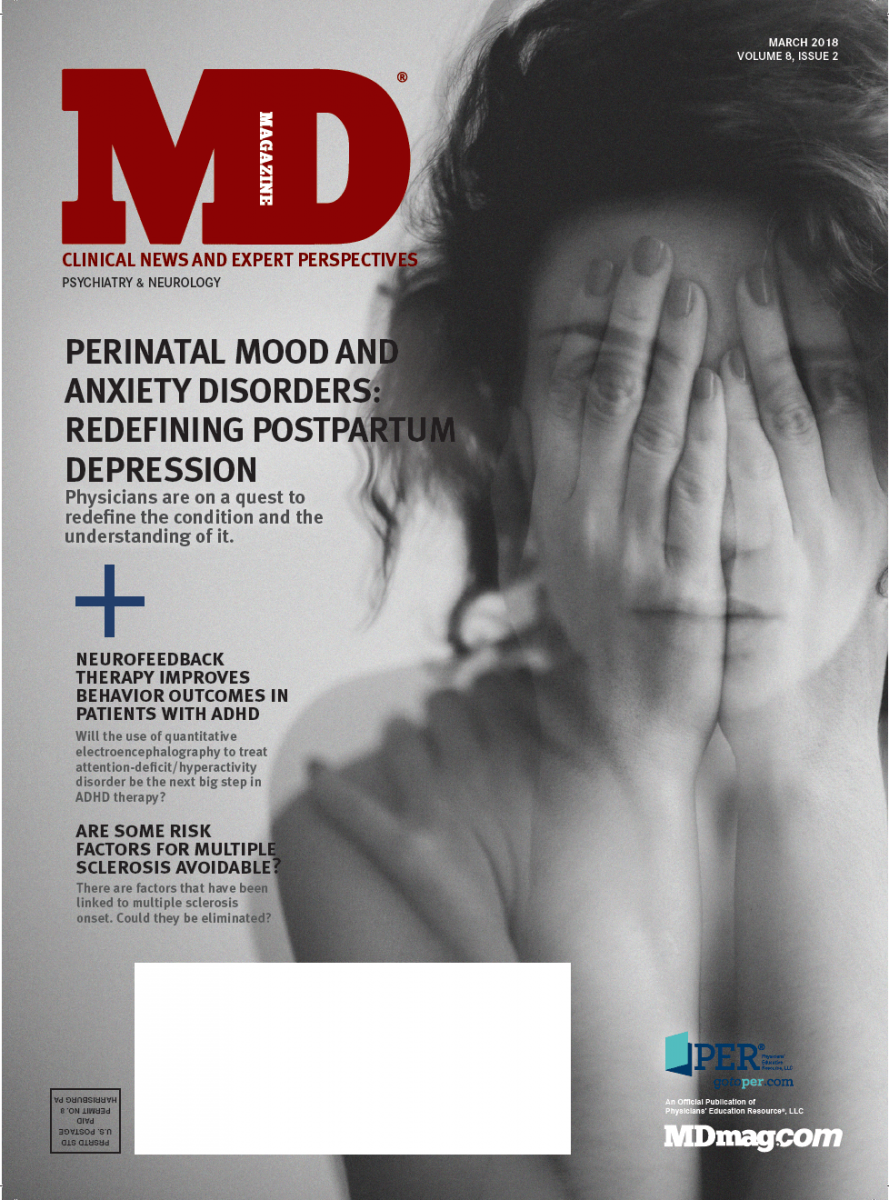Publication
Article
MD Magazine Neurology
ZTlido Lowers Doses While Raising Efficacy
Author(s):
ZTlido, a lidocaine patch 1.8% developed by Scilex Pharmaceuticals, a Sorrento Therapeutics subsidiary, is attempting to redefine this type of nonopioid treatment for patients with postherpetic neuralgia.
ZTlido, a lidocaine patch 1.8% developed by Scilex Pharmaceuticals, a Sorrento Therapeutics subsidiary, is attempting to redefine this type of nonopioid treatment for patients with postherpetic neuralgia (PHN).
Traditionally, these patches are effective but raise concerns regarding safety, as the method of delivery requires that high amounts of the drug be included in the patch but allows just a limited amount to be administered. Usually, these products are aqueous gel face patches—the therapy is diluted into a gel matrix, then added to the adhesive layer and put onto the patch.
Uniquely, ZTlido uses a nonaqueous system that requires lower levels of heat to release the drug, reducing the amount of drug that needs to be delivered to the skin. “ZTlido is a next-generation, branded lidocaine 1.8% patch,” Jeff Gudin, MD, the director of pain management and palliative care at Englewood Hospital and Medical Center in New Jersey and a scientific advisor for Scilex, told MD Magazine®. “As a single-layered anhydrous patch, the product contains only 36 mg of lidocaine versus 700 mg in the reference 5% patch.”
ZTlido’s smaller dose per patch, compared with both Endo Pharmaceuticals’ Lidoderm (lidocaine patch 5%) and Grunenthal’s Versatis (medicated plaster 5%), allows for an estimated 30-fold reduction in residual dose of the drug. This can reduce both drug waste and safety risks for pets and children after the product is discarded.
Additionally, at a time when the United States faces an opioid crisis, a nonopioid treatment for any type of pain comes as a welcome sign. “In this era of opioid abuse, misuse, and diversion, I look forward to clinical trials with topical analgesic products for other types of neuropathic and nociceptive pain so that clinicians can use evidence-based medicine to offer effective treatments for chronic pain,” Gudin said.
In a 2016 study that measured the therapy’s absorption and was led by Gudin, investigators examined the plasma concentration of medicine that the patch administered over time under normal conditions, with heating, and with physical exercise. Levels were lower with exercise than under normal conditions, both peaking around 9 hours postadministration. Absorption levels spiked above 160 mg/mL when heat was applied but were shown to be reversible, returning to baseline after 20 minutes.1
“The thinner topical system showed improved adhesion, which is obviously necessary for efficacy and should more readily adhere to curved [joint] surfaces,” Gudin said. “The [FDA-]approved indication will be similar to the legacy patch post-PHN.”
In June 2017, Scilex announced positive results from a comparative study of its lead product. The trial, which compared ZTlido with Veratis (a similar European product), reported that the European Medicines Agency adhesion scores for the Scilex product were 5.35, compared with 3.59 for the medicated plaster 5% (P <.001). After a 12-hour dosing period, the mean scores were 5.006 and 2.268, respectively (P <.001). The scores were assessed in 44 healthy participants at hours 0, 3, 6, 9, and 12.
During the trial, 2 patients experienced complete detachments of Veratix compared with none with ZTlido, which also produced equivalent dermal irritation scores (P = .1656). Both patches resulted in 7-point dermal irritation scale scores lower than 1.
“It is very frustrating for patients to use a patch that doesn’t have good adhesive properties,” Kip Vought, vice president of development for Scilex, said.2 “If it is ripping or falling off, that’s a challenge, because in addition to the patient not receiving the right amount of the drug, they will have to keep reapplying the patch. Therefore, improving the adhesive properties was critical. We tested the patch clinically to ensure it would stay in place throughout the administration period.”
Just 2 months later, in August 2017, Scilex submitted a new drug application (NDA) to the FDA for the product. “We are excited about the opportunity to bring to the market a product that will adhere during the full prescribed treatment period, as well as be able to be worn during exercise,” Anthony Mack, the president of SCILEX Pharmaceuticals, said in a statement.3 “As a company, our desire is to help patients by developing better products to treat pain.”
This is the therapy’s second go-round with the FDA. An NDA was previously filed in March 2014, with bioequivalence data from 2 pharmacokinetic trials comparing it with Lidoderm, and accepted by the FDA in September 2015. In May 2016, the therapy met a setback—the FDA sent Scilex a complete response letter (CRL), citing a need for additional data from a pharmacokinetic trial; a 3-month toxicity study; and information regarding the quality, management, design, and purchasing controls related to the drug.
New data were collected, and the August 2017 NDA filing was considered a complete class 2 response to the CRL. It was accepted, and the FDA set a Prescription Drug Fee User Act action date for February 28, 2018. The FDA approved the patch for an indication of relief of pain associated with PHN.
“The patch, [with] market approval, may offer possible advantages over the 5% lidocaine patch, including more efficient delivery of lidocaine, superior adhesion, and less residual left in the patch after normal use,” Gudin said.
REFERENCES:
1. Gudin J, Vought K, Shah M, Patel K. Adhesion characteristics of a topical lidocaine patch 8% (36 mg). Poster. Simul Europe website. simul-europe.com/2016/wip/Files/(kpatel@scilexpharma.com)WIPGudin.Voght.Shah.Patel_v4_5.16.16.pdf. Published May 2016. Accessed February. 14, 2018.
2. Miseta E. New patch technology will help Scintilla treat pain. Clinical Leader. August 16, 2016. clinicalleader.com/doc/new-patch-technology-will-help-scintilla-treat-pain-0001. Accessed February 14, 2018.
3.Sorrento Therapeutics, Inc. submits NDA for
ZTlido
next-generation lidocaine patch [news release]. San Diego, CA: Sorrento Therapeutics, Inc; August 29, 2017. drugs.com/nda/ztlido_170829.html. Accessed February 14, 2018.





